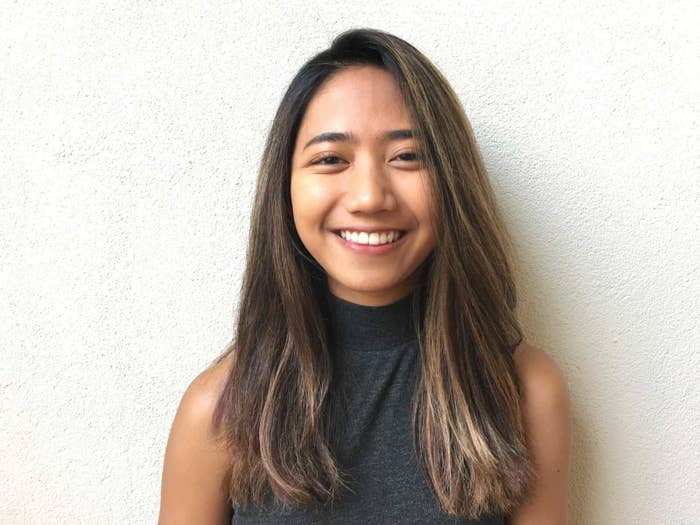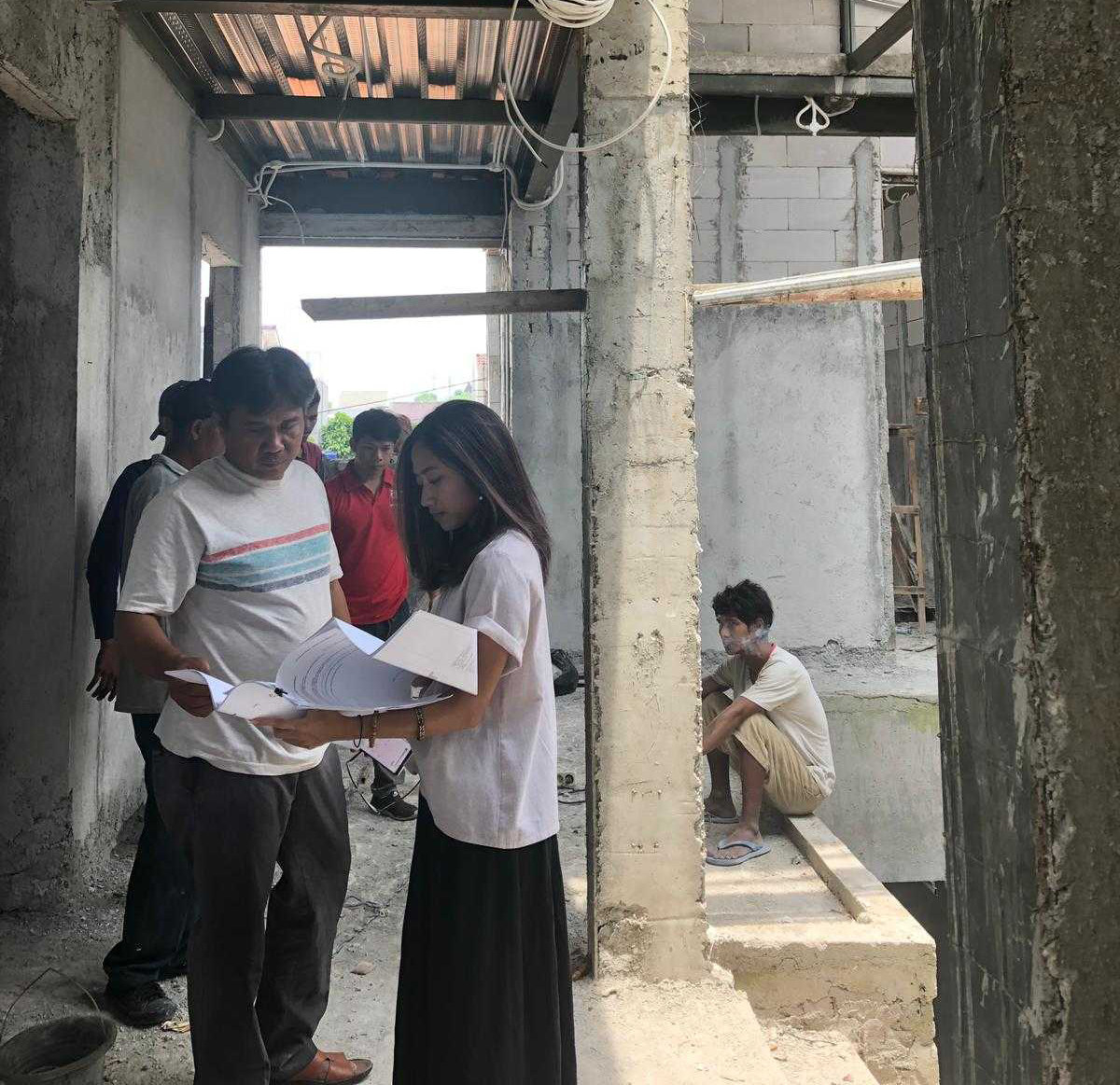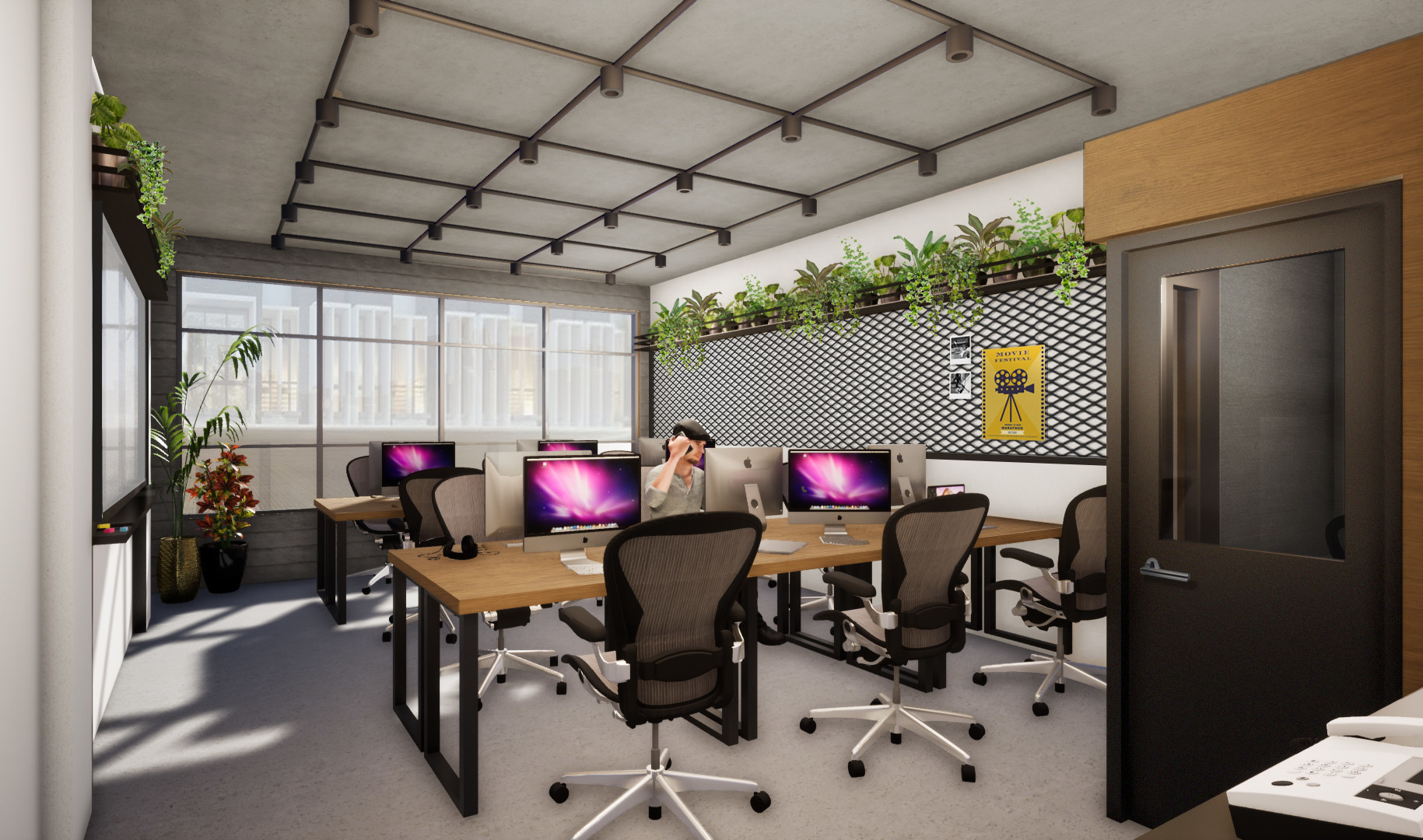The young professionals of 2020 face uncertain job markets, a volatile “gig economy,” and mountains of student debt even as they take their first tentative steps through the transition from student life to the workforce. To get an idea what a modern career path’s steep onramp might look like from the perspective of a rising talent finding her way in a highly competitive international field, we talked to recently graduated interior designer Antonia Widodo.

Q: I think a lot of people sort of take interior design for granted, so we may not react to it especially intensely. What sort of reactions do you look for to your designs that let you know you got it right?
Antonia: "A lot of people say 'interesting.' The design concept is ‘interesting’ or the room is ‘interesting.’ When I hear that I always ask people specifically what they think is interesting about it, because interesting can mean a lot of things, right? [laughs]
"But 'interesting' is better than normal. I don't want my designs to be normal. I don't know, the best reaction may not even be something they say. It's more like a feeling. I want people who see my designs to have a feeling, it's not so important what they say, more what they feel."

Q: Do you think of interior design as art?
Antonia: “Oh for sure. Yeah. It definitely is. But it’s tricky. Really the overall concept, the design concept is the art and there are so many things that go into that. There’s the architecture, there’s the furniture, so it has to be really collaborative. I think interior design is definitely art, but it’s also just a small part of this larger artwork so you have to think about all those other things when you’re figuring out your concept.”

Q: So did you always know you wanted to do interior design for a living?
Antonia: "Yeah, for sure. I mean, I know that design always appealed to me and then when you start trying to figure out what to actually, major in, interior design seemed like a great fit. So I went to California College of the Arts in San Francisco and graduated in 2018 with my BFA in Interior Design."

Q: What’s one of the biggest challenges you faced going from school into the actual job market?
Antonia: “I think the biggest thing is learning to take initiative and make your voice heard. In school, if you study and you know what you’re doing you can do really well while staying pretty passive. Your professors are constantly asking you what you know, so you don’t have to go out of your way to demonstrate it.
"In a job, you can’t really just wait for people to find out whether you’re any good or not, you have to tell them. You have to say, ‘I actually know Twin Motion and Revit really well,’ or ‘I can handle this project,’ or ‘I want more responsibility. Don’t wait for someone to notice that you know what you’re doing. Tell them, or, even better, show them.”

Q: What are some projects you’ve worked on so far that you’re proud of?
Antonia: “I’m most experienced with commercial and hospitality projects, but I’ve started to branch out some. I did interior and furnishings for Gulf National Clubhouse, a high-end golf club located next to the Chao Phraya River, Bangkok, as well as Davant Plantation Clubhouse in Savannah, North Carolina.
"Right now I’m working freelance in Jakarta and my current project is designing a heritage hotel in West Sumatera, the headquarter of a digital media office and creative coworking space in Jakarta. I also recently led the interior design of an affordable housing residential project which was a little different for me, but super rewarding.”

Q: I imagine there are some pretty big differences between doing design in the US versus tackling some of these projects in other countries. What are some of those differences?
Antonia: “Well in some ways my experience has been different just because I’m doing different things. I worked at a well-known architecture, planning, landscape, and interior design firm in San Francisco for hospitality projects all over the world, and that work was a lot about working with architects and landscape designers to build a whole concept. Now that I’m working abroad my focus is more on leading the project, paying attention on the details, conducting schematic design , concept making, construction drawing, drafting, basically making sure on the completion of the project."
“But there are other differences, too. In America you have to focus a lot on building codes, and making sure everything is ADA compliant. In some other countries they are a little more lenient on stuff like that. Then there’s the culture. In America you can choose from a really wide variety of design concept. In other countries clients tend to focus a bit more on what the design says about their culture. Outside of America people often want some aspect of their culture to be incorporated in the design.”

Q: OK, final question: As a young professional starting out what one piece of advice would you give interior design students who are still in school?
Antonia: “Oh, I would 100% tell them to experiment more. Learn all the software you can, even if you don’t think you’ll end up using it. Be proactive. Try things that you don’t think will work. I’ve been really fortunate to end up at some companies that have let me experiment and learn new things as part of my job, but you can never assume that’s going to happen. School is the time to learn everything you can, try stuff out. Once you graduate you can figure out what to do with all the weird things you’ve learned. For now, just give everything a shot."
